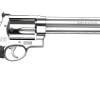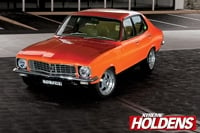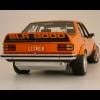Pulled the engine out of the LJ today to check it over after we had intermittent oil pressure warnings at Eastern Creek last weekend.
Whilst pulling the ancilleries off, I found the alternator bracket was broken at the front bolt hole (to the block).
The when we got the engine out, and removed the sump, we found the oil pickup 'bell-end' sitting inside the sump - it had sheared off through metal fatigue.
Then when I unbolted the pickup pipe from the block, I found that bracket had snapped too!
Whilst being tuned a few weeks a go, the oil filter & sump plug also came loose....
The engine (VK black 6cyl) is only a few months old, and has only done 3 race meetings plus a few dyno runs, and some road K's. ...
It has a knife edged blue motor crank, which was the subject of some debate at the build stage, with a local balancer refusing to touch it because he didn't believe it could ever be properly balanced. My engine builder said it has less meat off it than the knife edge cranks he normally uses, and in the end it was all balanced up by his balancer in Sydney. It also has JE forged pistons, Yella Terra ultra light flywheel & romac alloy balancer.
But now with all this metal fatigue in such a short period of time, I'm wondering if the harmonics are the cause..... and do I just reassemble the engine & see what breaks next, or do I swap the knife edged crank for a counterweighted blue/black crank now, before any more catastrophic damage is done?






 View Garage
View Garage










